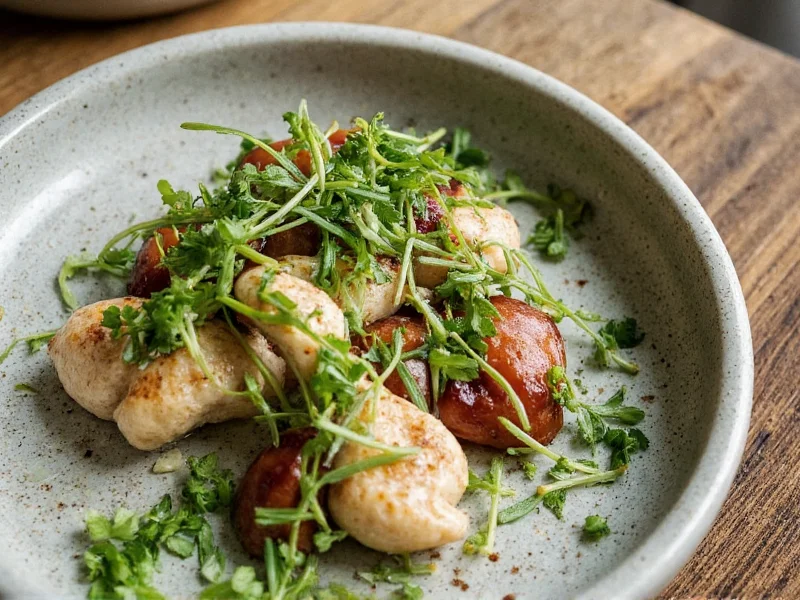When searching for "teak and thyme," consumers typically seek information about this specific retailer known for blending natural materials with functional design. This comprehensive guide provides verified details about their product offerings, material quality standards, and practical considerations for potential customers.
Understanding Teak and Thyme's Product Philosophy
Teak and Thyme has established itself in the home goods market by specializing in two distinct but complementary product categories. Their teak furniture line emphasizes durability and sustainability, while their thyme-inspired kitchen collection focuses on culinary functionality and natural aesthetics.
The company sources premium Grade A teak wood from responsibly managed forests, ensuring both environmental sustainability and superior product longevity. For their kitchen line, they incorporate thyme-themed designs and natural materials that appeal to home chefs seeking both form and function.
Teak Furniture Quality Standards
Teak wood's natural oils and tight grain structure make it exceptionally resistant to weathering, insects, and decay. Teak and Thyme maintains strict quality control for their furniture collection:
| Teak Quality Indicator | Teak and Thyme Standard | Industry Average |
|---|---|---|
| Wood Grade | Grade A (heartwood only) | Grade B/C (includes sapwood) |
| Milling Technique | Quarter-sawn for stability | Plain-sawn |
| Moisture Content | 8-12% (kiln-dried) | 15-20% (air-dried) |
| Hardware Quality | Marine-grade stainless steel | Standard steel |
Thyme-Inspired Kitchen Collection
Their kitchenware line extends beyond simple herb-themed decor. Teak and Thyme's culinary products incorporate practical design elements that home chefs appreciate:
- Herb preservation systems designed specifically for thyme and similar delicate herbs
- Teak cutting boards with integrated herb storage compartments
- Kitchen tools featuring ergonomic teak handles
- Specialized planters for indoor thyme cultivation
- Cookware with natural material components
Shopping Considerations for Teak and Thyme Products
Consumers researching teak and thyme furniture quality should verify several key factors before purchasing. Authentic teak furniture represents a significant investment that should last decades with proper care.
Examine product descriptions for specific wood sourcing information. Reputable sellers disclose whether their teak comes from sustainable plantations or natural forests. Look for details about wood grade—premium furniture uses only heartwood, which contains the highest concentration of natural protective oils.
For kitchen products, check whether "thyme-inspired" refers to actual functional design elements or merely decorative motifs. The most valuable pieces integrate thyme's practical uses into their functionality, such as specialized herb storage solutions that maintain freshness.
Material Care and Maintenance Guidelines
Proper maintenance significantly extends the lifespan of both teak furniture and kitchen products. Understanding these care requirements represents essential knowledge for potential buyers.
Teak furniture requires minimal maintenance thanks to its natural properties, but owners should follow these guidelines:
- Clean with mild soap and water—avoid pressure washing
- Allow natural silvering or apply teak sealant for color retention
- Store cushions when not in use to prevent moisture retention
- Inspect hardware annually for tightness and corrosion
For thyme-related kitchen products, particularly wooden items:
- Hand wash only with mild detergent
- Avoid prolonged water exposure
- Regularly treat with food-safe mineral oil
- Store in dry conditions away from direct heat sources
Evaluating Product Authenticity
When researching where to buy authentic teak furniture, consumers should verify several indicators of product legitimacy. The market contains numerous imitations marketed as premium teak.
True Grade A teak has a distinctive golden-brown color that weathers to attractive silver-gray. The wood grain appears tight and straight with visible natural oil content. Authentic teak feels substantial and dense—significantly heavier than imitation woods like acacia or eucalyptus.
Reputable sellers provide documentation about wood origin and harvesting practices. Look for FSC (Forest Stewardship Council) certification or equivalent sustainability verification when evaluating teak and thyme customer reviews.
Practical Buying Advice
Before purchasing teak furniture or thyme kitchenware, consider these practical factors that impact long-term satisfaction:
- Measure your space carefully—teak furniture's durability means you'll own it for decades
- Verify return policies specifically for large furniture items
- Check whether assembly services are available for larger pieces
- Research sustainable teak wood products certifications
- Understand the expected weathering process for outdoor furniture
For kitchen products, determine whether the thyme-inspired elements serve practical purposes or merely decorative functions. The most valuable pieces integrate functionality with design, such as herb storage solutions that maintain freshness through proper airflow and moisture control.











 浙公网安备
33010002000092号
浙公网安备
33010002000092号 浙B2-20120091-4
浙B2-20120091-4